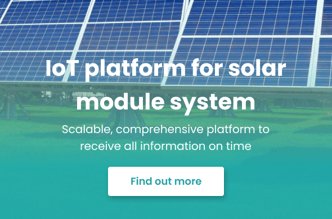IoT features for solar energy systems

- IOT
- INTERNET OF THINGS
- IOT SOLUTION
- SMART CITIES
The electric usage of households is expanding rapidly as most home appliances are electricity-demanding. To meet these surging needs, there's an increased need to switch to sustainable resources, such as solar energy. In order to manage these complex systems, IoT systems are crucial.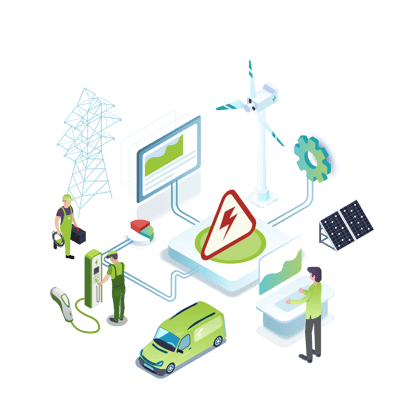 Internet of Things (IoT) covers almost every aspect of our lives, from managing smart homes to handling smart city infrastructures. IoT made its mark in the solar industry as innovative resource procurements require advanced technologies. Photovoltaic (PV) systems are more prominent for higher availability, lower costs, and quick installation.
Internet of Things (IoT) covers almost every aspect of our lives, from managing smart homes to handling smart city infrastructures. IoT made its mark in the solar industry as innovative resource procurements require advanced technologies. Photovoltaic (PV) systems are more prominent for higher availability, lower costs, and quick installation.
|
|
|
|
IoT-based solar panel tracking is designed for online simulation and performance enhancement. It enables preventative maintenance and to map out local breakdowns. IoT-powered PV systems ensure valuable insights to make data-driven decisions.
- Measure the radiance of the sun
- Measure the cell temperature
- Measure the string voltage
- Track inverter performance
- Visualize actual vs. modelled energy production
- Tracking the system's output
- Measure battery voltage levels to determine battery health
Grape Solutions' platform for solar module systems enables forecasting and measurement of solar power plants operating with the help of a new algorithm that gives an even more accurate estimate with intraday correction, allowing the production units to submit the most accurate schedules possible. Sufficiently accurate forecasting of solar production is possible through complex analysis. It requires high-quality input information and sophisticated calculation algorithms, complemented by continuous refinement of the forecasting based on conclusions by regular examination of the data generated during the operation.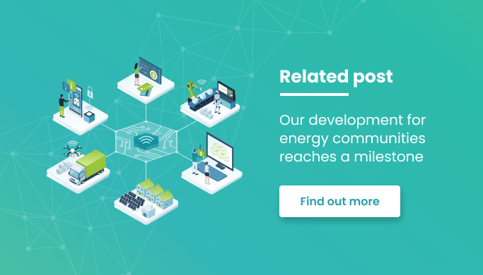
The platform aims to allow solar park owners to create more accurate forecasts and schedules using a unique algorithm in an easy-to-use, transparent interface.
Features of the platform:
- Data Administration: Interface for entering master data and input data.
- Forecasting: Starting an individual or a mass forecast manually, create group forecasts and annual forecasts.
- Scheduling: Generate, manage (upload) an individual or group schedule and view massages from schedule admin)
- Reporting: Forecasting graphs, annual forecasts, production deviation, and activity list reports are already available.
- Profile: User management interface, users assigned to the profile with admin rights can be edited, added, deactivated profile data.
- Log messages: Display log messages that can be filtered by function and date for activity tracking.
- Operator functions: The system operator can manage the profile data and act on behalf of the profiles in connection with any of the above functions.
Share this post on social media:
Posts by Tag
- IoT (17)
- Smart cities (16)
- E-mobility (14)
- Energy Management (10)
- Mobility (9)
- Software development (9)
- Marketing automation (6)
- RPA (6)
- Robotic Process Automation (6)
- electric vehicles (6)
- Internet of Things (5)
- IoT solution (5)
- Marketing software (5)
- Smart Building (5)
- Business Intelligence (4)
- Custom applications (4)
- IoT platform (4)
- Uipath (4)
- electric charging (4)
- IoT devices (3)
- Properties (3)
- AI (2)
- BI (2)
- Montu (2)
- Multi-device functionality (2)
- Omnichannel (2)
- RPA Budapest (2)
- Smart city (2)
- UX design (2)
- app development (2)
- artificial intelligence (2)
- crm (2)
- crm software (2)
- electric charging station (2)
- machine learning (2)
- marketing campaign (2)
- optima (2)
- API Testing (1)
- Agriculture (1)
- Automated Testing (1)
- BYOD (1)
- EV (1)
- Energy Communities (1)
- Event insights (1)
- Event report (1)
- Green IoT (1)
- HR (1)
- IT Outsourcing (1)
- ML (1)
- Power BI (1)
- Resource Management (1)
- Smart Home (1)
- Smart Office (1)
- TaaS (1)
- UX/UI Design (1)
- Xamarin (1)
- cloud (1)
- cloud computing (1)
- cross-selling (1)
- data driven marketing (1)
- digital twin (1)
- dynamic customer segmentation (1)
- esg (1)
- inbound marketing (1)
- industry 4.0 (1)
- onprem (1)
- onpremise (1)
- scalability (1)
- software robot (1)
- testing as a service (1)
- upselling (1)
Recent Posts
Read On
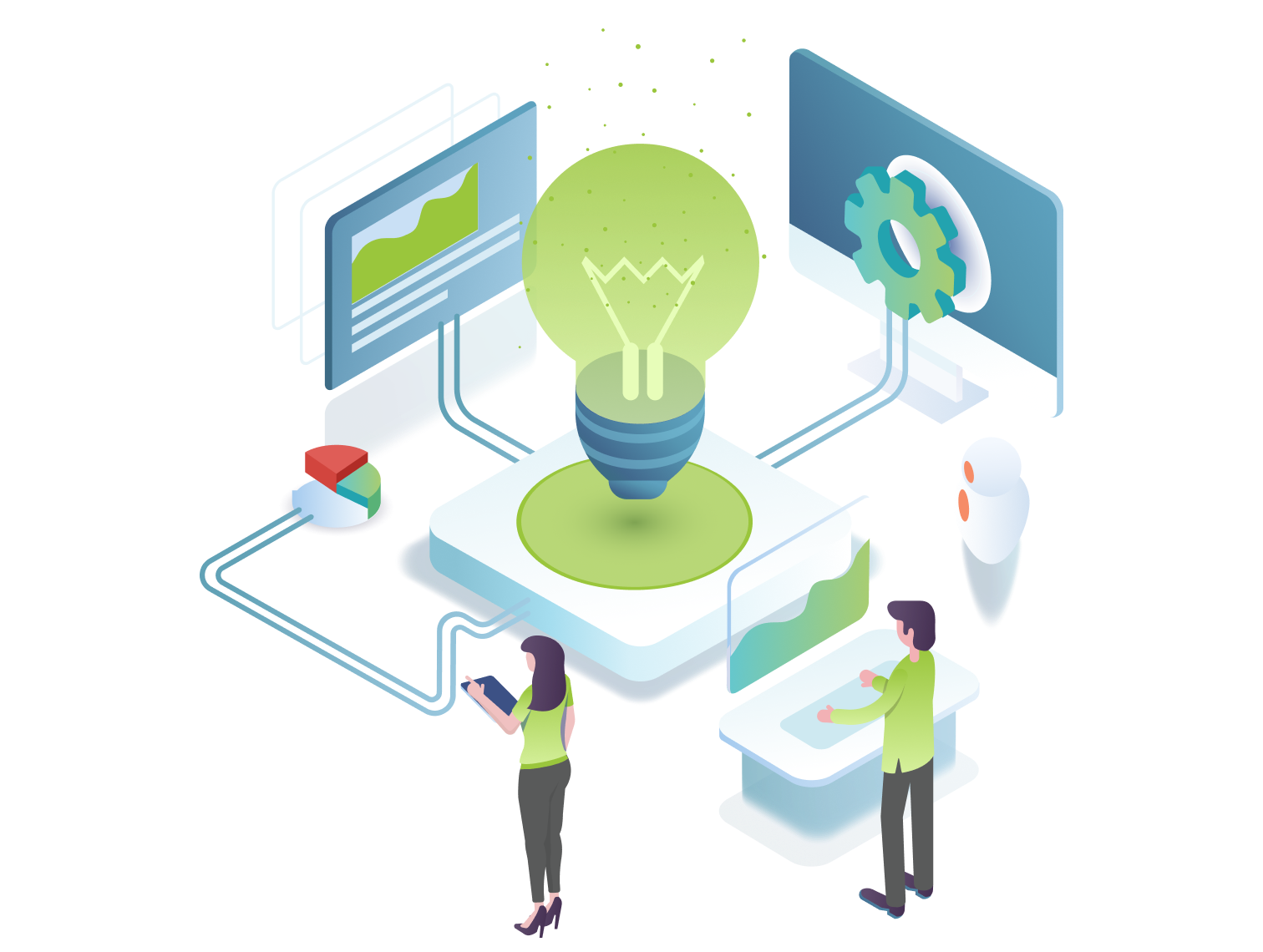
- IOT
- INTERNET OF THINGS
- ENERGY MANAGEMENT
- SMART CITIES
What is an energy management software, and how can you benefit from it?
Energy prices are rising daily as the demand for energy for residential, commercial or business use increases. According to Enerdata, a 4% increase in European electricity consumption has occurred since 2020. To reduce operational costs and facilitate energy-efficient consumption, IoT-based energy...
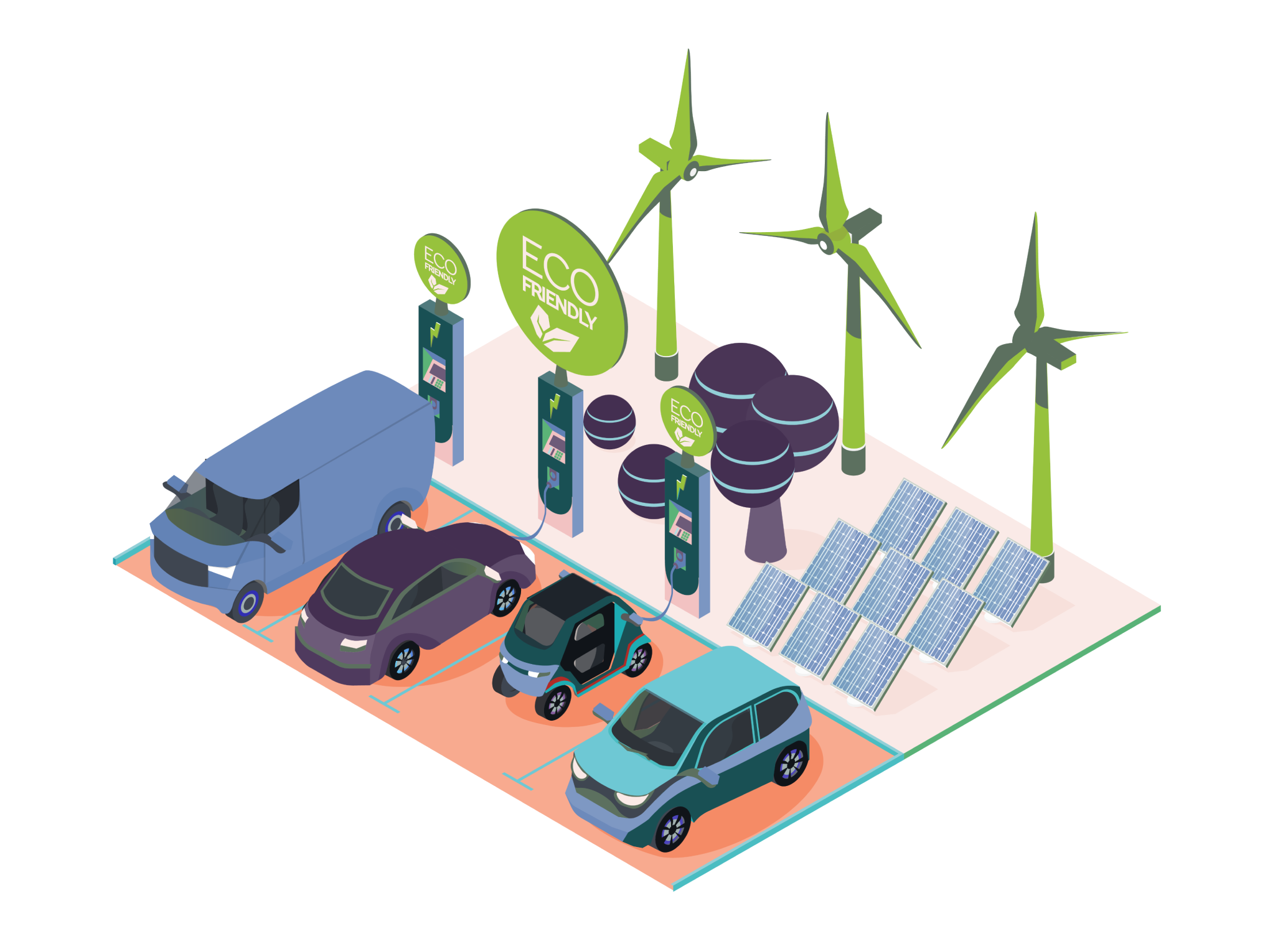
- MOBILITY
- E-MOBILITY
- SMART CITIES
E-Mobility opportunities and challenges in the Energy & Utility sector
A large share of electric vehicles on Europe's roads in the future will have implications for the electricity generation and distribution infrastructure, which means energy and utility companies are forced to provide more resources. What's more, Europe's vehicle-emission regulations are forcing car...

- MOBILITY
- E-MOBILITY
- MONTU
- EV
- ELECTRIC VEHICLES
- ELECTRIC CHARGING STATION
- ELECTRIC CHARGING
Can charging stations in EU keep up with the increasing number of electric vehicles?
According to EEA (European Environment Agency), in 2019, 10% of vehicles sold in the European Union was electrically chargeable, which is nearly a double increase comparing to 2018. Despite the fact, that more and more people think environmentally consciously, the trend of electric charging...
